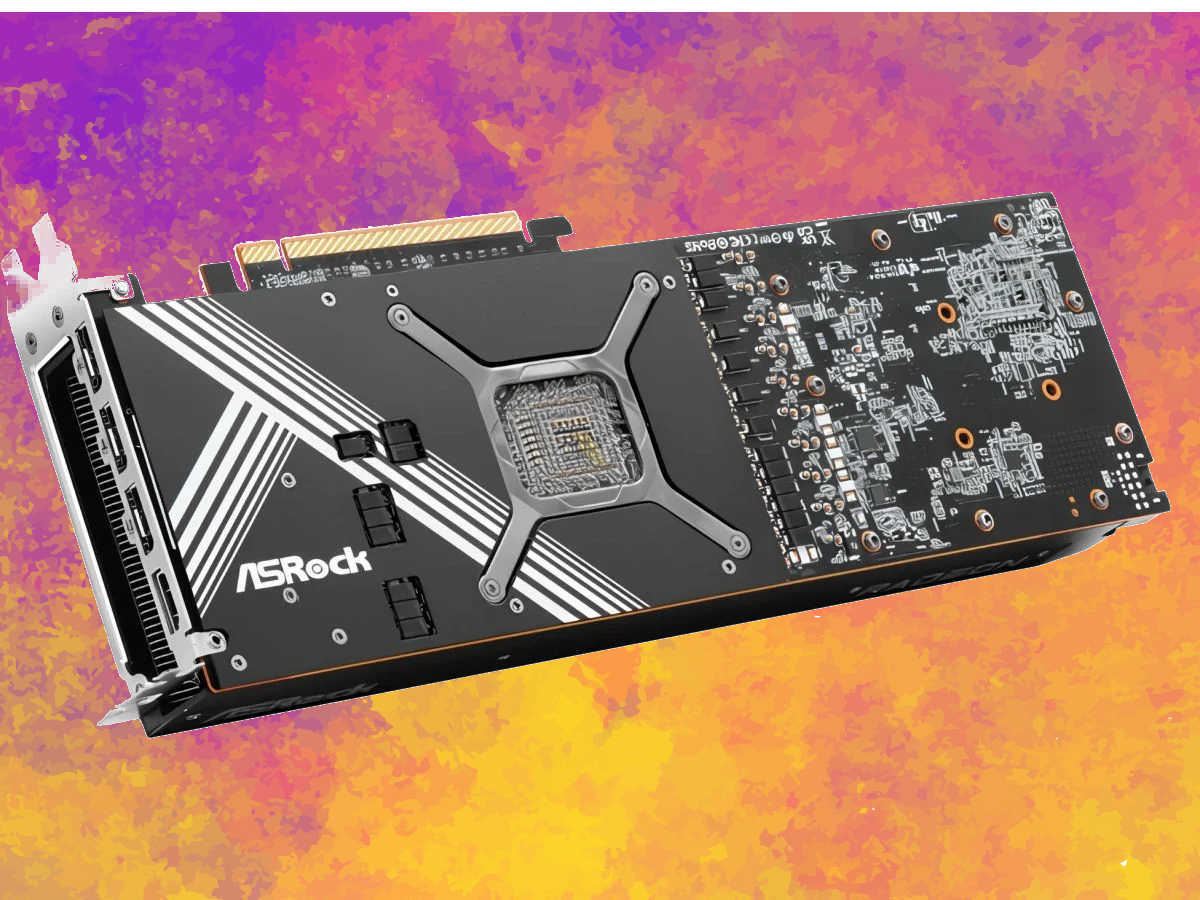
ASRock (via momomo_us) has rebranded the company's Navi 31-based AMD Radeon RX 7900 XT and RX 7900 XTX WS graphics cards to the new Creator series for generative AI workloads and workstation setups. These WS series graphics cards originally debuted during Computex 2024.
Quite notably, both the WS series (now the Creator series GPUs) are the first AMD cards to use the 16-pin power connector (12V-2x6), which until now was found in Nvidia's GeForce RTX 40-series graphics cards. Originally, both variants used two 8-pin PCIe connectors, but it makes sense for such graphics cards to transition towards the newer standard as newer high-wattage power supplies have multiple 16-pin connectors for multi-GPU clusters. Also, using a single cable per graphic card helps to reduce the cable clutter.
ASRock's decision to roll with the 16-pin power connectors is more for convenience than necessity, as RX 7900 XT and RX 7900 XTX don't draw that much power during workloads to justify using the 12V-2x6 power connector. It's plausible that ASRock would probably provide a 12V-2x6 adapter with these Creator series.
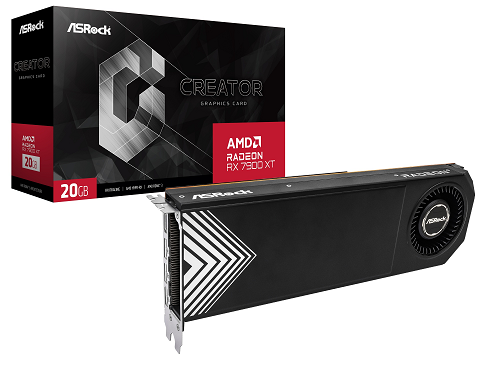
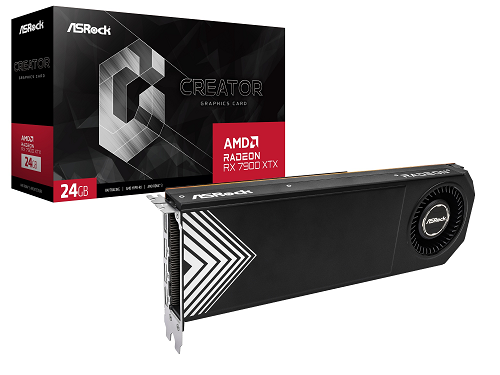
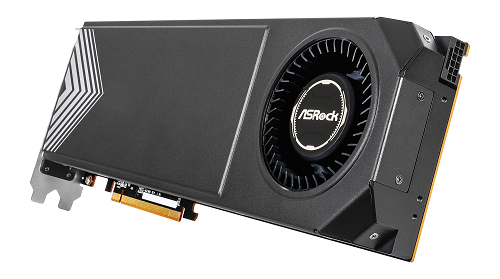
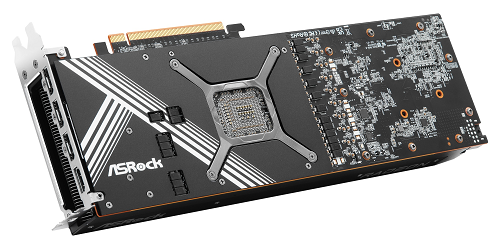
The Creator series utilizes a dual-slot design with a single blower-style fan with a vapor chamber, making it ideal for multi-GPU environments with various workloads. While it provides the high airflow and reliability needed for such an environment, the trade-off is usually the high noise profile. Also, it omits unnecessary bits such as RGB lighting effects, which are typical with such workstation graphics cards.
Despite providing the best options for such a performance segment, one would wonder how many would pick these AMD cards over Nvidia's offerings. To AMD's credit, it has been working on its shortcomings by releasing its firmware documentation for RDNA 3 GPUs and steadily open-sourcing its software. The best AIB partners can do in such situations is to provide an option should one choose either of the cards for the intended workload and environment.







